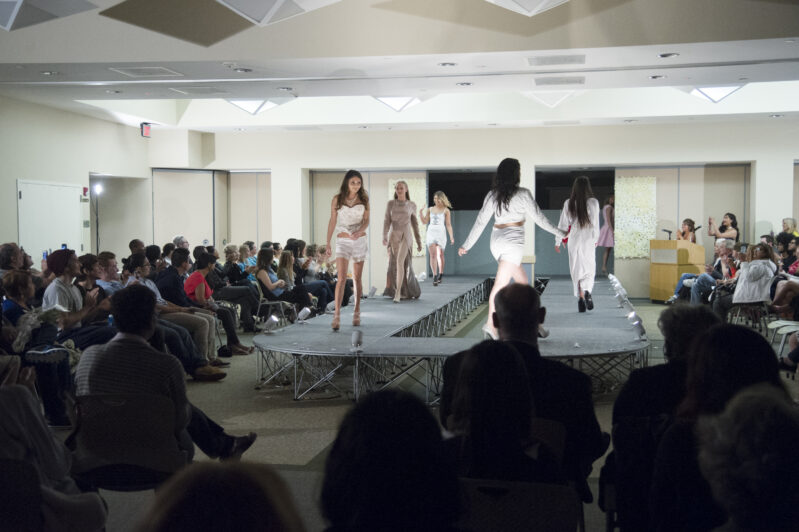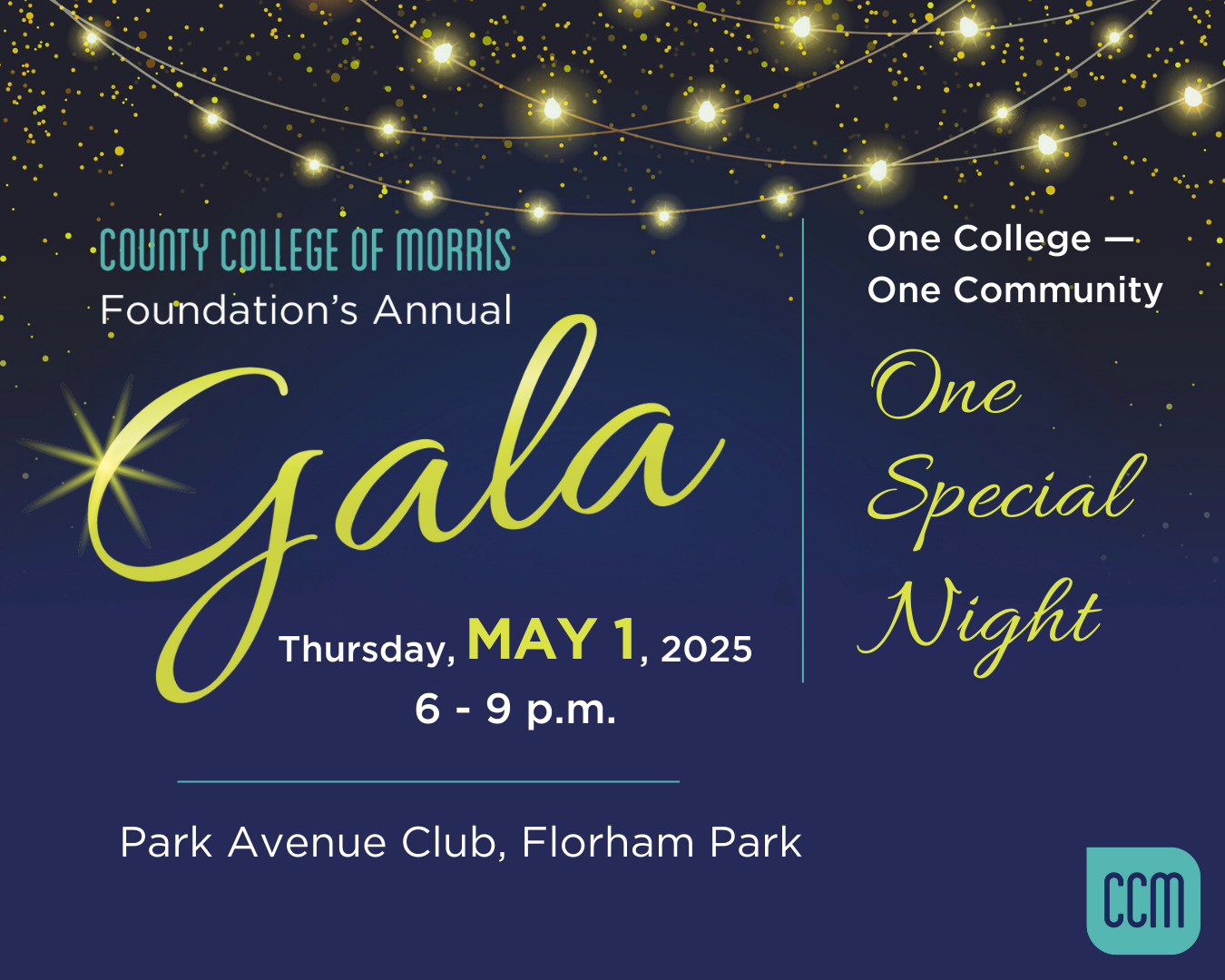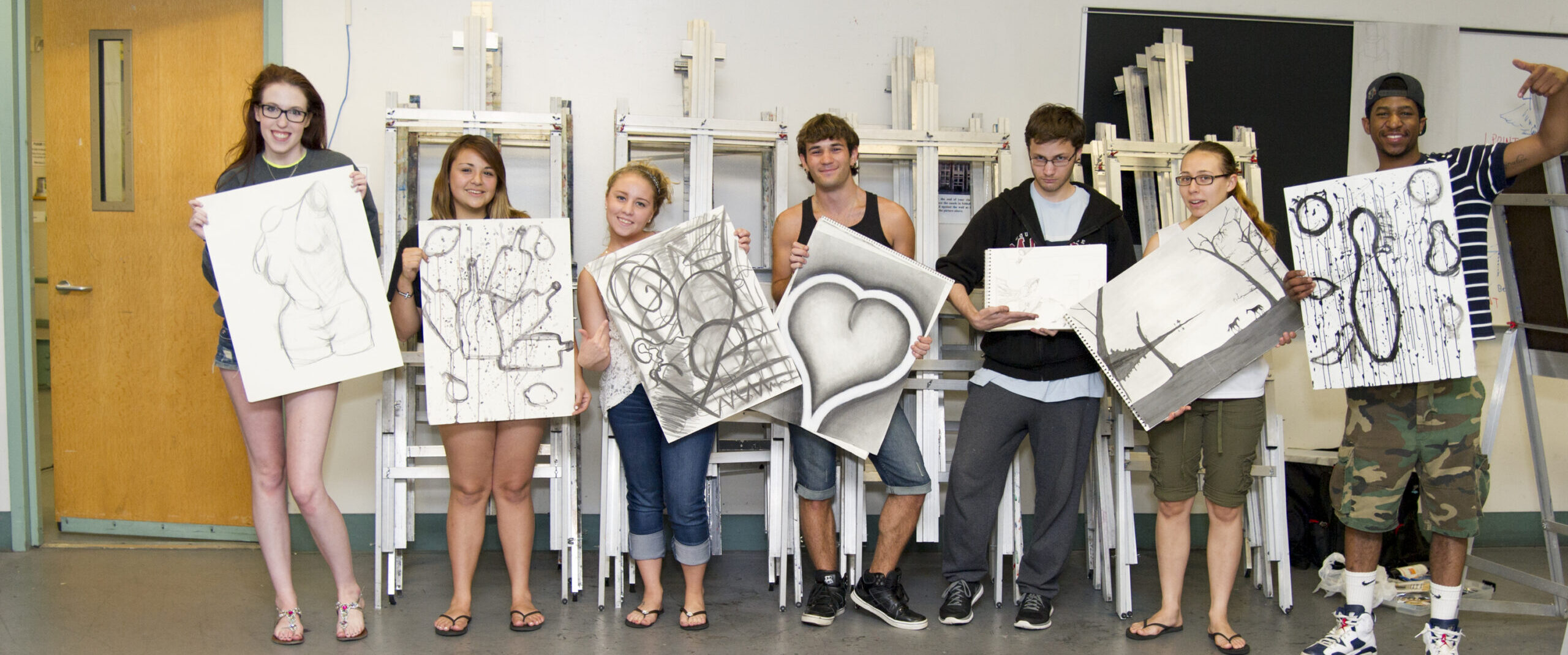What You Will Learn
Using your passion for the arts to teach students visual communication and aesthetic awareness can be a rewarding career. Imagine sparking one’s imagination and seeing the creativity that emerges in your classroom?
The Teacher Education – Visual Arts program at CCM is designed for students who want to major in the visual arts and to also take some courses in education. This program also guides you to, upon graduation, transfer to a four-year college or university leading to certification for teaching.
CCM has 10 different Teacher Education specializations to start you on your career as a teacher in grades K-12. You can graduate with an Associate of Fine Arts degree from one of the best community colleges, ready to take the next steps and be a passionate educator.
Curriculum
A 26-credit general education foundation includes courses such as English Composition, Speech Fundamentals and General Psychology, plus a Math-Science-Technology sequence and Art History I and II.
The 25-credit visual arts core includes a range of art classes including Drawing I and II, 2D and 3D Design, Color Theory, Computer for Fine Art, and a choice in painting, sculpture or ceramics, as well as a portfolio course.
A 9-credit Teacher Education core prepares your aptitude for the classroom. Rounding out your program at CCM, you will complete 20 hours of classroom observation, where you will actively participate and gain first hand experience.
Additional advisement by both the teacher education coordinator and by a faculty advisor from the Art and Design department is recommended.
Careers in the Field
Completion of the Teacher Education – Visual Arts program at CCM provides the opportunity to immediately become a:
- Paraprofessional
- Substitute Teacher
Graduating from CCM with an associate degree is the first step to becoming a teacher. Transferring to a four-year college or university and successfully completing a bachelor’s degree program is the next step.
CCM has transfer or articulation agreements with the following public colleges and universities in New Jersey to aid in a seamless process:
- Centenary University
- Kean University
- Montclair State University
- New Jersey City University
- New Jersey Institute of Technology
- Ramapo College
- Stockton University
- Rowan University
- Rutgers University
- Saint Elizabeth University
- The College of New Jersey
- Thomas Edison State University
- University of Medicine and Dentistry
- William Paterson University
Why Study Teacher Education – Visual Arts at CCM
- Studying visual arts offers a profound and versatile foundation for a career deeply intertwined with aesthetics, thoughtful design, creative innovation, meticulous planning, and effective production.
- As a teacher you can guide students to launch their creative spirit and develop an acute sense of visual communication and aesthetic awareness.
- Learn from faculty who are nationally and internationally exhibited artists with works displayed in museums, state and local governments, large corporations and the college’s Art and Design Gallery, in addition to faculty who are trained in the latest methods for teaching grades K-12 with the highest quality standards governed by the State.
- Unleash your creative energy on campus in large, open learning spaces infused with natural lighting, state-of-the-art equipment and comfortable modern furnishings.
- Complete a three-course curriculum and a program that blends academic and professional preparation and meets New Jersey’s Professional Standards for Teachers.
- Be a member of a vibrant campus community and join a club — or two! The student-run Art Club welcomes all artists.
- As you learn how to convey ideas, emotions, and messages through images and symbols, completion of your associate degree can open doors to other employment opportunities as well.
Paying For Your Teaching Education
Earning your associate degree at CCM and becoming a teacher is an investment that will pay off over the course of your life, in both increased earnings and job satisfaction. But what is the upfront cost, and how do you afford it? Our Financial Aid staff can provide lots of information about the process of finding funds to help pay for your education.
Featured Courses
Drawing I & II
Learn the methods, materials and visual information needed to draw what you see. In the studio faculty lead you through a series of simple exercises designed to build competence and confidence to eventually complete a sketch book and a portfolio of still life drawings, landscape drawings, perspective drawings and portraiture using pencil, charcoal, conte crayon and ink. Drawing II also includes a study of basic anatomy for artists and an introduction to drawing from live nude models, both male and female.
Three-Dimensional Design
Through lectures, multimedia presentations and assigned projects using a variety of materials and the basic aspects of planning, sketching, and modeling, learn to understand and control the visual and physical forces inherent in the creation of three-dimensional objects. Students who successfully complete this course will add a body of three-dimensional artwork to their portfolios. Student artists will also possess the fundamental knowledge and basic skills needed to pursue further studies in sculpture, ceramics, design (product, industrial, interior, fashion) and architecture.
Educational Psychology
This course introduces the student to psychological theory as it applies to teaching and learning. Topics include learning theory, motivation, tests and measurements, classroom management and teaching students with special needs. Educational Psychology is strongly recommended for students pursuing a career in teaching.
Your Teacher Education – Visual Arts Faculty Advisor
Assistant Department Chair




